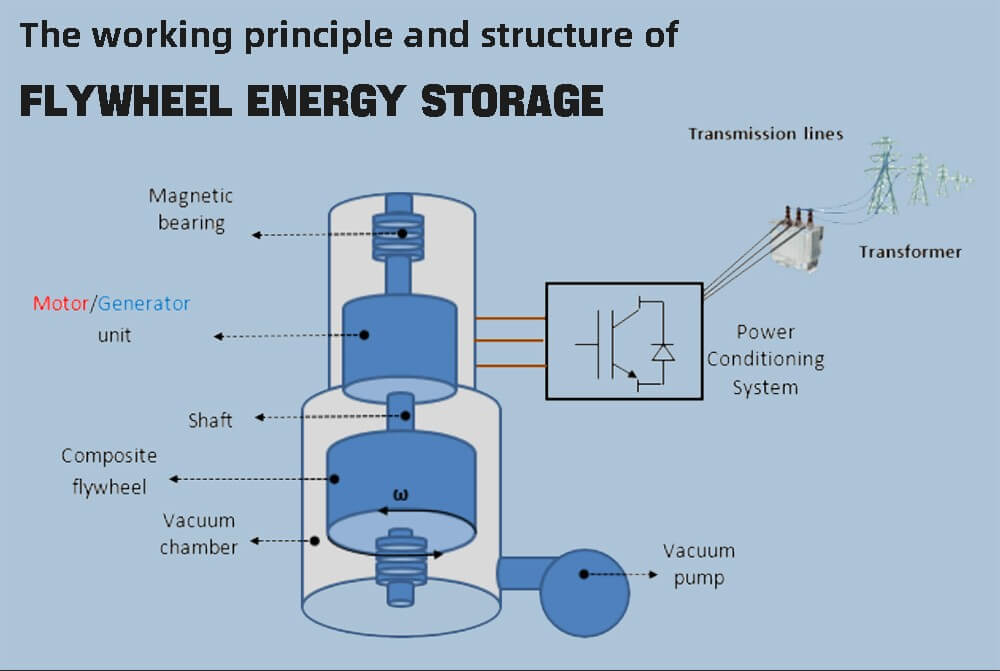Flywheel technology is creeping into motorsports as way to store energy that’s otherwise wasted. The technology ultimately makes racing cars more efficient and more powerful at the same time. However, flywheels may soon be incorporated into subway systems to bring affordable power to sprawling cities.
Each time a subway train hits its brakes, a massive amount of energy is dissipated. Modern trains run their electric motors in reverse to slow down then release the energy as heat or into a grid ill equipped to absorb the surge. A flywheel, however, is able to capture that energy and effectively send it back into the grid as needed.
Flywheels consist of large spinning discs which are held in frictionless magnetic bearings spinning up to 50,000 revolutions per minute. Energy from braking trains can be stored in flywheels, where it can then be used by cash-strapped cities as a relatively simple, affordable energy solution.
While a 2002 trail of a flywheel with the New York subway system was successful, the technology has yet to go into full-time use in any transit system. Vycon, a California-based company that already installs flywheels for other applications such as shipyard cranes, is currently looking to change that.
“We were on the brink of really bringing flywheels into the rail industry [in 2002],” says Vycon VP Louis Romo. “Our business was just getting started, but that really messed things up.”
Now, as cities look for more innovative ways to curb energy costs, flywheels are being praised once again. However, due to the economic downturn, investment in flywheel tech continues to grow outside the U.S. in countries eager for high-efficiency rail.
“Outside of the U.S. is where I have the most interest, in China and India,” adds Romo. “The problem is that we don’t want our first install that far away.”
Vycon foresees a bank of flywheels at train stations that would send power from braking trains to the electric motor of a train preparing to leave the station. Flywheels generally work best when short, powerful bursts of power are required, making it a suitable solution for stop-and-go subway lines. The company says it’s currently in discussions with officials in Sacramento, Denver and Los Angeles to begin trials of the system.


That looks like it might be a lot of fun dude. Wow.
anon-toys.cz.tc